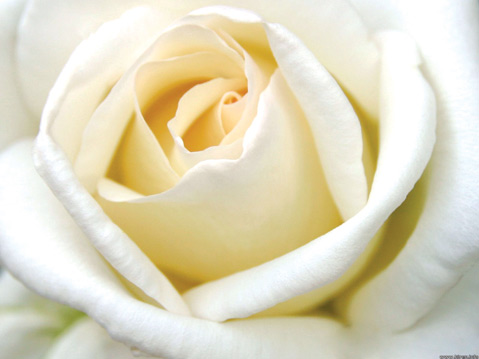Gardening: Which Flowers Say ‘Be Mine’?
Find Out Which Petal-y Beauty Means What

Valentine’s Day has become a must-do occasion to celebrate your passion for another. Declarations of love may have become a marketing ploy by many industries, but flowers come immediately to mind. For the shy or the confident, the upcoming holiday may be an opportunity to show your true feelings without words.
In the Victorian era, the art of sending a specific message with selected flowers reached its peak. Whatever its beginnings, the use of flowers as unwritten, though heartfelt, communication has survived these days as a quaint, and mostly obscure, practice. Want to revive the trend? Be aware, though, that all the different lexicons of this practice don’t agree. Here’s a little primer on the poetry of flowers.
Of course, most obvious is a declaration of love. A simple bouquet of the right flowers could say volumes. The one flower that no one disputes is the utmost declaration of love is the rose. A quick survey of commercial bouquets designed just for Valentine’s will reveal a distinct bias in favor of roses. White roses, as do lilacs, signify an innocent love (just dating, perhaps). To signify a hot passion (or maybe to fan the flames), red roses will bear that message. Other flowers that also signify love include tulips and carnations. Yellow tulips ask the question “Are you my true love?” while pink carnations denote the affection of a woman. Be careful though, yellow carnations convey a disappointment in love. Honeysuckle signifies a generous and devoted love, fuchsias a confiding relationship, and the rose-like flowers of Potentilla, also called cinquefoil, embody maternal love. Just dreaming of love? Try moonflowers, Ipomoea alba, not something easily found in the florist shop, but a little effort may locate a plant anyway. Announcing the imminent arrival of love letters? Send Agapanthus. Not yet ready to declare your love? Symbols of a secret emotion include gardenias, yellow acacias, and pink flowers of the ubiquitous rose. There are more esoteric messages such as: “My love will grow warmer” – Nandina; “I love your music” – oats (really?); and “You love yourself too much” – Narcissus.
There are negative connotations to some flowers, too. Send a lotus flower to announce an estrangement (since they are not easy to procure or send, maybe it is easier to find the words to say, or write this one). Jealous? Send yellow roses or marigolds. For a final farewell, send (or leave) pennyroyal (know what else it’s good for? Fleas!).
Other messages can be conveyed (to the savvy recipient), too. Peace is symbolized by olives, magic and inspiration by angelica, and hawthorn signifies hope. Declare (or solicit) friendship with geraniums, wheat, or acacia. Both positive and negative emotions all seem to have their particular messenger. Yarrow signifies war; rosemary, remembrance. Sad memories and grief are embodied in weeping willow and milkweed. Impatience? There is a genus named just for this: Impatiens. Other pleasant characters to acknowledge are faithfulness with a gift of blue violets, good luck with bells of Ireland, or memories (pleasant we hope) in scarlet zinnia.
Send floral greetings not only for Valentine’s Day but at any time emotions need expression, and, as always, grow or buy them locally.



